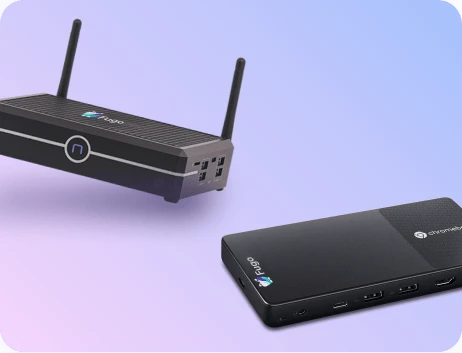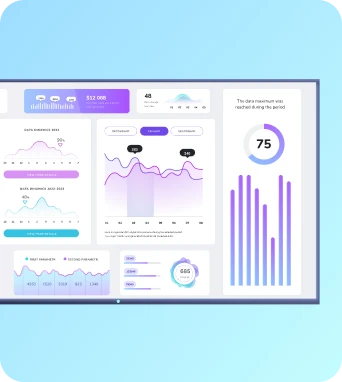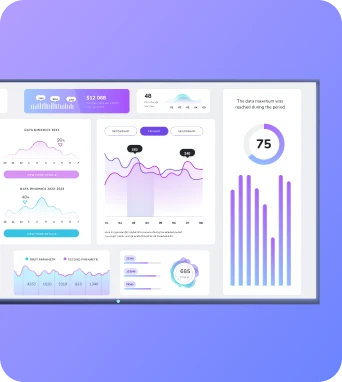Bluetooth device pairing
Bluetooth device pairing is the procedure that establishes a trusted wireless connection between a TV dashboard or digital signage player and a Bluetooth peripheral such as a keyboard, speaker, beacon or sensor. The process exchanges identity and encryption keys so devices can authenticate, bond and communicate reliably within a managed Fugo signage deployment.
Bluetooth device pairing
How pairing works
The pairing process begins with discovery: the Bluetooth peripheral advertises itself and the signage player scans for available devices. Depending on the Bluetooth profile and version, discovery may use Classic Bluetooth inquiry or Bluetooth Low Energy (BLE) advertising channels. Once discovered, the two devices negotiate an authentication method. Older Classic Bluetooth often uses a PIN or passkey, while modern BLE employs Secure Simple Pairing (SSP) and Elliptic Curve Diffie-Hellman exchanges to establish encryption keys. After authentication, devices typically perform bonding, a step that stores keys so subsequent reconnections are automatic and do not require user interaction. In a signage context this means a paired keyboard, speaker or sensor will reconnect after a reboot without manual re-pairing. For digital signage operators, the practical sequence is to put the peripheral in pairing or discoverable mode, prompt the player or OS to scan and select the device, and confirm any passkey or PIN if requested. Some peripherals use just-in-time pairing codes or require a physical button press to authorise the link. It is important to record device identifiers such as MAC addresses and friendly names, especially when managing multiple players. Fugo-managed players may offer guidance in their device settings for Bluetooth support and facilitate peripheral registration so operators can track which signs are paired with which devices across the fleet.
Security and management
Security in Bluetooth pairing centres on authenticating devices and encrypting subsequent traffic. Bonding stores long-term keys so the same pair can re-establish a trusted channel; those keys must be protected by the player’s operating system and by any device management policies applied through Fugo. Use Bluetooth modes that support authenticated pairing and AES encryption, and avoid insecure legacy PIN methods where possible. In public-facing displays or kiosks, limit pairing windows to maintenance periods and apply allowlists so only known device MAC addresses are accepted. Consider using physical oversight for initial setup to prevent rogue peripherals from being associated with a display. From a management perspective, operators should document paired devices and include pairing steps in deployment runbooks. Firmware updates for both peripherals and players can change pairing behaviour, so test updates in a staging environment before wide rollout. If using BLE beacons for proximity triggers, segregate those signals logically and monitor for duplicate or unexpected devices that could skew analytics. For enterprise deployments, integrate Bluetooth policies with broader network security controls and use device management tools to wipe or reset pairings when decommissioning hardware. Fugo’s platform supports centralised device oversight and can be part of a workflow that enforces pairing windows, documents paired peripherals and advises on secure configuration to maintain operational integrity across a signage estate.
Common troubleshooting and tips
Keep the learning going...
Blue light reduction displays
Blue light reduction displays are screens tuned or filtered to reduce short-wavelength blue light emission while preserving legibility and colour integrity. Used in digital signage and TV dashboards they aim to lower visual fatigue for prolonged viewers, support safer shift patterns and align with workplace display comfort practices without compromising message clarity.
Bluetooth beacons
Bluetooth beacons are small battery-powered devices that broadcast Bluetooth Low Energy signals to nearby receivers. They transmit identifiers which mobile apps or signage systems use to estimate proximity and trigger contextual actions, such as displaying targeted messages on TV dashboards, wayfinding cues, asset tracking updates, or location-based analytics.
Bluetooth-enabled audience tracking
A system that uses Bluetooth signals (beacons, BLE devices, and smartphones) to anonymously detect and analyze audience presence, movement, dwell time, and engagement in physical spaces.



